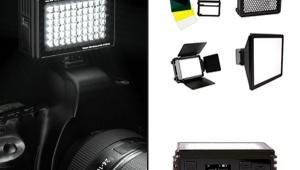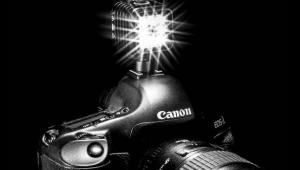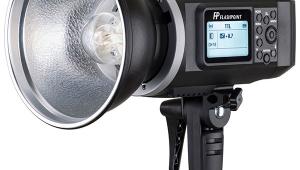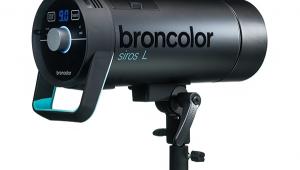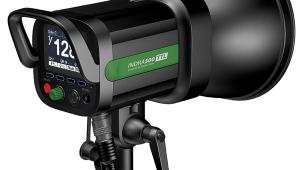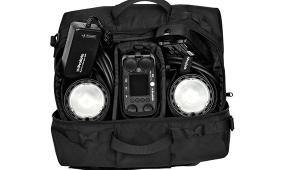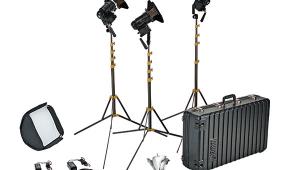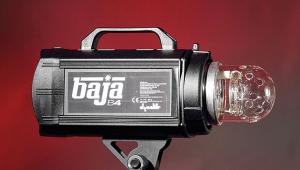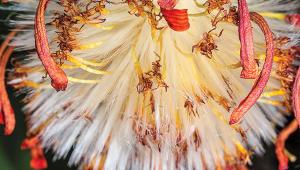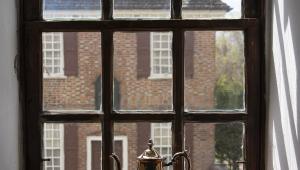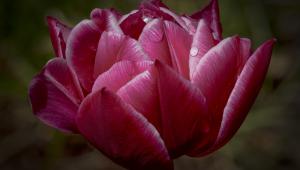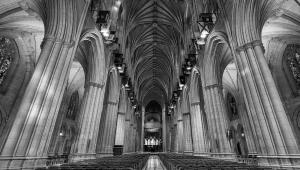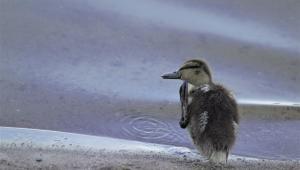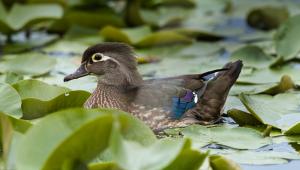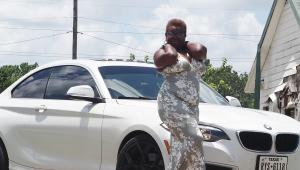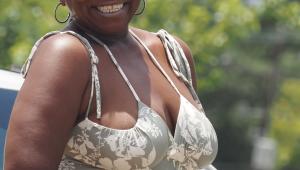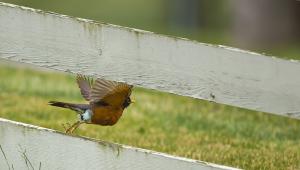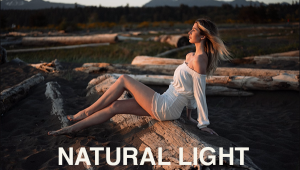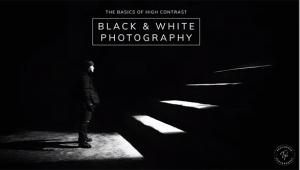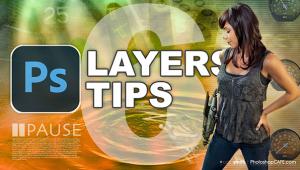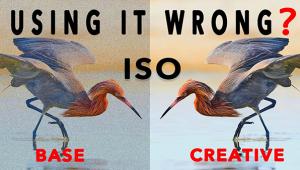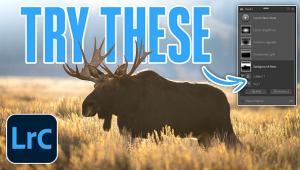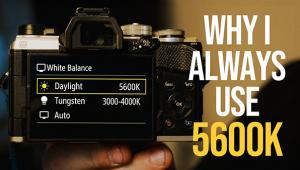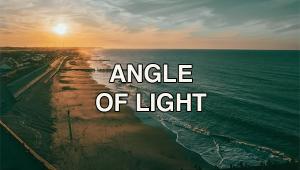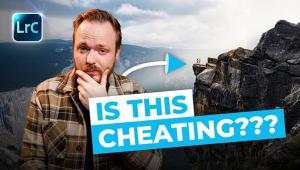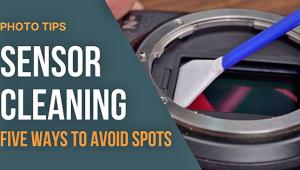Photoflex StarFire & FlashFire Lighting Kit: Using Speedlights And Modifiers Together
If Dustin Hoffman’s character in The Graduate were graduating from photo school this year, the advice he would be getting instead of “plastics” would be “speedlights,” and why not? When compared to a monolight, the biggest advantage of using a shoe-mount flash is that they’re small and portable, which means you can take them anywhere. Today’s shoe-mount flashes—or speedlights as camera manufacturers like to call them—are sophisticated, seamlessly blending natural light and flash as well as having the ability to group several flashes together, trip them wirelessly, all the while calculating the correct exposure.

In the kit I tested, Photoflex’s lightweight and portable StarFire speedlight and FlashFire wireless trigger/receiver use the company’s extra small LiteDome light bank to provide studio-quality lighting wherever you need it. I’ve seen the whole megillah, including a light stand, stand adapter, StarFire, and FlashFire, selling for less than $340 by one of Shutterbug’s advertisers. All together this makes one heck of a package for the aspiring portrait photographer. Wedding shooters will like it for doing on-location portraits to produce results that look a lot better (and more salable) than from on-camera flash.

All Photos © Joe Farace
The StarFire is a variable power speedlight with a built-in optical sensor that can be used by itself as an automatic flash, but its primary value is as part of the Complete Studio Kit for use with LiteDome light bank and FlashFire wireless trigger/receiver units to create on-location portraits. (For details, see “StarFire Specifications.”) The wireless FlashFire trigger/receiver system will fire a StarFire but can be used with any other speedlight—Canon calls ’em speedlites—or studio light. The FlashFire is an ideal solution to the problems caused by the tangle of wires when using a sync cord and this can be an especially important consideration when working on location. I’m a bit of a klutz and tend to trip over these kinds of cords, so the concept really appeals to me.

In addition to its built-in hot shoe, the FlashFire includes two cables, one with a phone jack to plug into a monolight and a mini jack adapter for monolights or other studio lights that use this smaller connection. Using an adjustable wireless signal that has 16 available frequencies/channels, the FlashFire can customize that signal to prevent misfires in crowded settings or areas that have conflicting frequencies. It can fire from a distance of 164 feet (50 meters).
The LiteDome light bank is available à la carte in five different sizes, including the “xs” a.k.a. extra small (12x16x9”) model that’s included in the kit. The LiteDome xs is lightweight and portable, producing studio-quality lighting wherever you may be working. Other available sizes include small (16x22x13”), medium (24x32x17”), large (36x48x25”), and extra large (54x72x32”). If you decide to use the LiteDome xs with a studio flash you should keep in mind that its maximum power capability is just 100 watts, making it ideal for a speedlight like the StarFire.
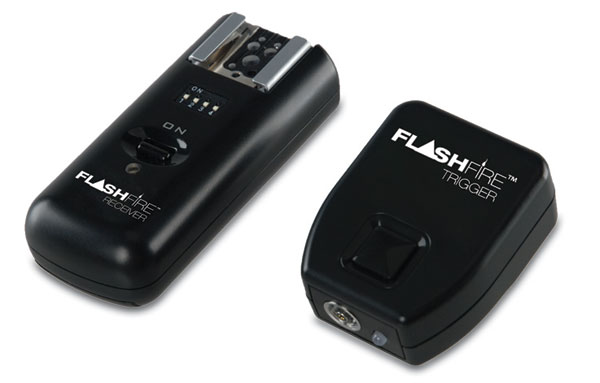
Putting It All Together
The Photoflex LiteDome xs light bank is amazingly easy to assemble and creates soft, diffused light on your subject and includes a nicely made carrying case for easy storage and transport. Tip: When assembling the LiteDome wait until you have the LiteDome securely mounted on its speed ring and the speedlight is in place on the Adjustable ShoeMount before installing the back touch fastener-trimmed panel. This will save you time unfastening and refastening later when you have to reposition the speedlight to get it exactly where you want it—in the center of the light bank’s rear opening.
The kit comes with all the brackets and gizmos needed to assemble it and place the StarFire in a position to fire through the LiteDome. The Adjustable ShoeMount allows you to connect a speedlight to the LiteDome xs and permits mounting to a camera bracket or the Photoflex LiteStand that’s included in the kit. Tip: Install the FlashFire on the bracket first. The whole package was easier to assemble than similar speedlight-based systems that I’ve used in the past, which really speaks to the simplicity of the design. And that’s really helpful, because there are no real instructions on putting the whole kit together, although each individual component has instructions or a User’s Guide included.
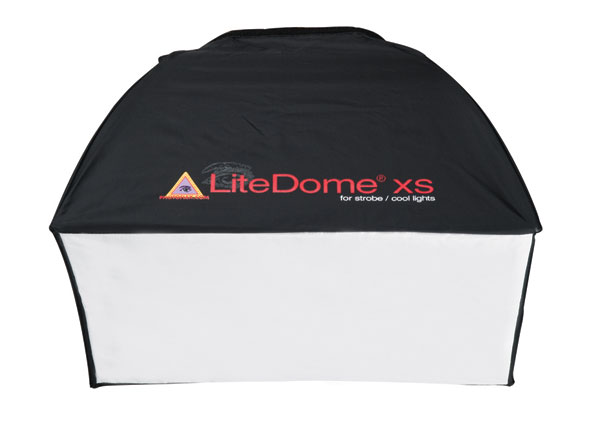
There is an Instructions link or Lessons link for each component from its own web page. Just go to the website’s Components tab and access the Instructions link or Lessons link for individual items. The lesson for the Adjustable ShoeMount Hardware, for example, is quite extensive. In the case of the kit, which contains a lot of pieces and parts, you should be able to figure it out because once you have all the assembled parts in hand it’s obvious how they fit together.
The StarFire is incredibly easy to use, much more so than most contemporary speedlights that require a college course to read a 128-page User’s Guide. The StarFire’s single sheet of paper tells you everything you need to know. Setting output levels in Manual mode is a snap compared to other speedlights (and speedlites) that I’ve used and the two S (Slave) modes let more than one of the flashes work together the way you would like multiple speedlights to work. Tip: Before getting started, be sure to purchase enough batteries. The StarFire uses four AA batteries; the FlashFire uses two AAA batteries in the receiver and a 3v CR2 in the trigger. All told my shopping trip to purchase batteries cost $18.70 and I would recommend that you buy twice what’s needed so that you’ll have a backup when the time comes—and you know it’s coming—when one of the batteries needs to be replaced. Since that will set you back $37, including taxes, it’s cheap insurance for when “you know what” happens.

To test the StarFire/FlashFire/LiteDome kit’s capabilities, Pulitzer Prize-winning photographer Barry Staver (www.barrystaver.com) allowed me to do a shoot at his Littleton, Colorado studio. Photoflex only sent me one kit, so I needed to add some additional lighting tools to make it work without producing overly contrasty lighting ratios. As you can see by the setup shot, I used a reflector and a flash head from Barry’s studio light kit—in modeling light mode only—to put some additional light onto the background. My first test shots with the StarFire at full power produced apertures around f/16, which might be great for product photography but was a bit much for portraits. Because the StarFire’s output is easy to adjust, I was able to get more reasonable apertures for a session featuring the beautiful yoga instructor Carolyn Chambers. All during the session, I wondered if a small LiteDome would not have worked better than the extra small unit tested, but I was nevertheless happy with the results.

The StarFire/FlashFire/LiteDome kit is an inexpensive yet full featured and rugged lighting kit that’s a great way for new photographers to experiment with lighting and learn how to make portraits using a minimum of equipment. And it won’t break your piggy bank. As they gain more experience, shooters can add a second light for fill and maybe use a third StarFire as a hair or background light. The tradeoff? The StarFire is not E-TTL but one of Shutterbug’s advertisers sells the StarFire for $127.50 and while that’s not cheap, the same dealer sells a Canon 580EX for $439.99. You can buy three StarFires for the same price, and that’s a bargain!
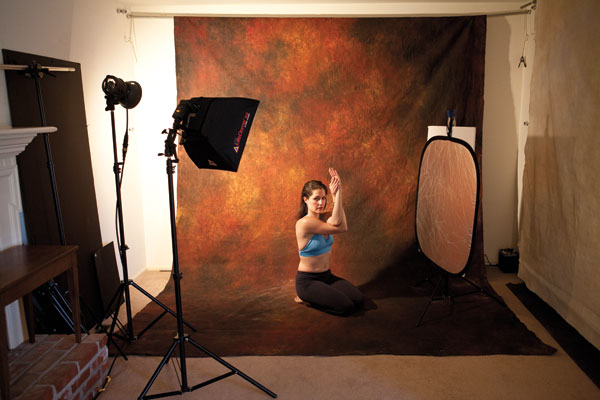
For more information, contact Photoflex Inc. at: www.photoflex.com.
- Log in or register to post comments


